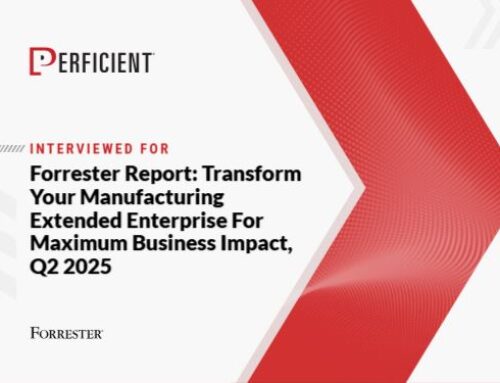In the first two blogs in this series, Getting Started On Embedded Finance and Embedded Finance: Bolstering Brand Experiences, we defined embedded finance and looked at the goals and strategies that firms should take at the outset of their modern embedded finance journey, as well as how and why firms should consider getting embedded banking. In this blog, we will look at how a non-banking firm can offer bank-like payments and loans to its customers.
Embedded Payments
A 2022 study published by the Federal Reserve Bank of San Francisco noted that app payments increased as a percentage of total consumer purchases from 11% in 2019 to 15% in 2020, to 29% in 2021. Taking out a credit card and entering its number is a friction point that can cause consumers to abandon both online purchases (7% of abandoned online carts are due to not having a credit card handy or the same credit card accepted by the merchant) and in-person purchase decisions. If consumers want to pay via the app, why make their payments take longer and harder to make?
While consumers enjoy the convenience of 1-click payments paying via digital apps provides as well as exclusive rewards, the companies offering the apps get a tremendous amount of digital information. Starbucks, Dunkin Donuts, McDonald’s, and the Triboro Bridge and Tunnel Authority all get information (which coffees are selling best, in which size, during which hours, and what volume of automobile types are entering which bridge and when) that can be analyzed to determine how to adjust prices and products in the short-term future.
Embedded payments go beyond credit cards. They can also give consumers the option to pay directly from their bank accounts while saving merchants money on credit card processing and exchange fees. For example, SmartPay Rewards is a mobile app for gas stations that offers customers discounts on gas (who doesn’t want a discount on gas given current prices?) and rewards in exchange for using its embedded Automated Clearing House (ACH) bank account payments tool. At just 4 cents per transaction, the fees to the merchant are far less than the 2% to 3% fees charged by credit cards. The difference can be split by the app, giving the gas station operator a more significant percentage of the sale made, and consumers a discount on gas. A Win-win.
Embedded Lending
Remember in the first blog in this series, I recalled that back in the 1970s, you could sign a receipt at the corner grocery store agreeing you’d pay the rest of your balance on payday if you didn’t have enough to cover your entire bill before then? Technology has come a long way since then. Small purchases may be made on an app with an embedded payment function, such as those described in the previous section. Service apps such as Grubhub and Doordash now have built-in payment systems that prevent having to send an 8-year-old to the corner store for milk and bread in the first place.
What about larger, more expensive, purchases? Before embedded finance became so widespread, a consumer needing to borrow money for a large purchase either had to use their credit card or take out a traditional loan (auto loans, motorcycle loans, passbook loans, consumer loans, etc.) from a bank. As the bank is charging at the marginal default rate, the rates tend to be higher, and their risk tolerance is much lower than a retailer that has a 50% gross margin on the sale.
“Buy now, pay later” may be one of the most visible and common forms of embedded finance seen by online shoppers. Rather than lay-away, where consumers would make periodic payments and receive their item after it had been paid for, firms are able to provide financing to consumers directly and avoid bank exchange fees while keeping the gross margins on their goods and services. Whether a weekly or monthly payment, and generally provided during the online checkout process, consumers benefit by paying a lower rate or even no interest, and the merchant benefits by keeping margins high, inventories low, and avoiding credit card exchange fees. Again, a win-win provided by firms offering this form of embedded finance.
Conclusion
In this blog, we reviewed how non-financial firms and their customers can benefit from embedded finance payments and loans. If you would like to have Perficient strategize and help you and your firm on your embedded finance journey to provide payments and loans, reach out to us here.
In our next and final blog in this series, we’ll look at embedded insurance.





Leave A Comment